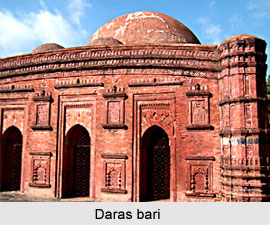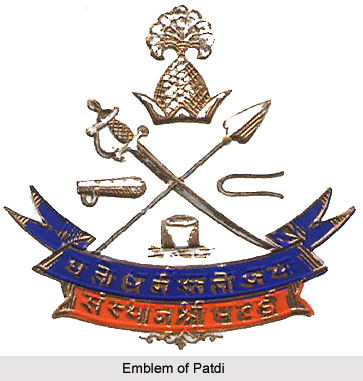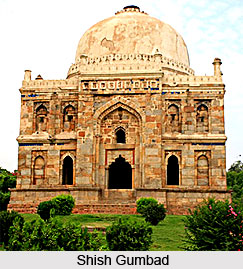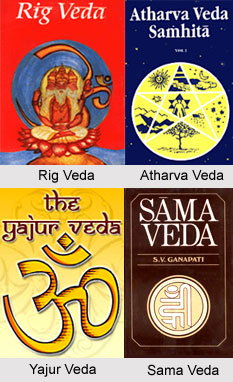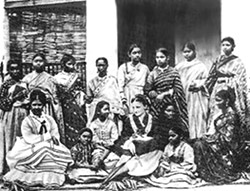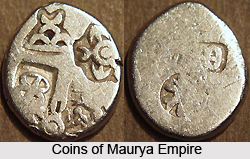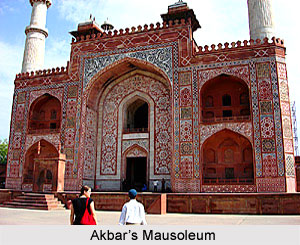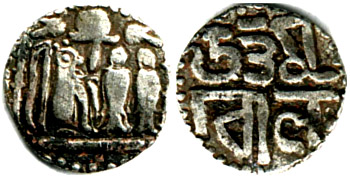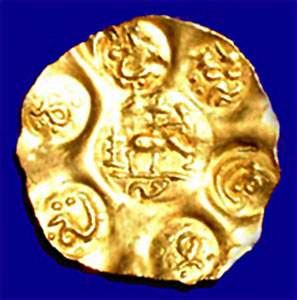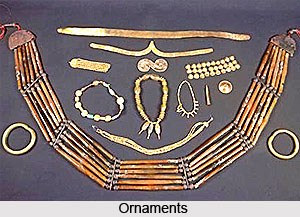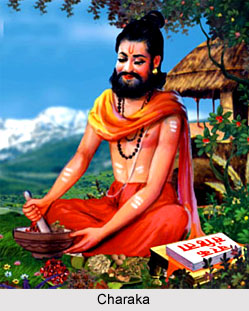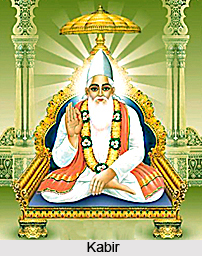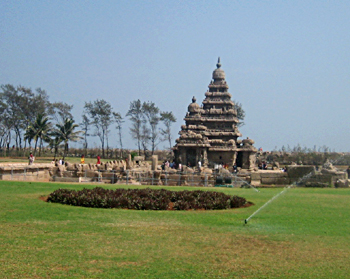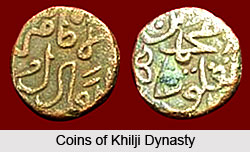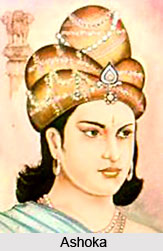There are various Factors leading to the growth of Indian Nationalism. In the year1885, with the foundation of the Indian National Congress, all the political organisations came under its roof. The educated and intellectual population became conscious of their political position and gradually they induced this feeling into the minds of the common people. Thus, the national movement assumed new level and form. The first stage of the movement, led by the Indian National Congress, was confined to a handful of educated class. During the second phase, Indian National congress extended its scope and purpose. It aimed at overall upliftment of the people in terms of social, cultural, economic and political enhancement. Swaraj or self Government was the political goal of the Indian National Congress. Some progressive elements, within the congress, adopted western revolutionary ideas and imperialism. The final stage was dominated by the objective of Purna Swaraj or complete independence, to be achieved under the leadership of Mahatma Gandhi through a non-violence and non co-operation. The socio-political conditions were very much favourable for the growth of the nationalist spirit among the Indians.
Growth of Indian National Congress
The growth of the political organisations like Indian national congress was the upshot of the national consciousness of the unified India. Indian nationalism grew partly as a result of colonial policies and partly as a reaction to the colonial policies. The growth of the Indian national consciousness was first noticed in the latter half of the 19th century. Prior to this a number of scattered uprisings lacked the enthusiasm to incite the nationalist feeling. But with the establishment of the Indian Nationals congress, the fragmented political feeling achieved a common front. Hence the growth of the Indian National Congress in 1885, led to the growth of Indian nationalism in the closing decade of the 19th century and the first decade of the 20th century. Right from the foundation of the Indian national Congress, the nationalist feeling and consciousness received a great impetus. Following the establishment of the Indian National Congress, several other political organizations came into existence representing the nationalist feeling of India.
British Oppression and Exploitation
In the aim to establish their political authority in India, the British completely exploited the Indian resources, which undoubtedly resulted in the growth of Indian Nationalism. The Imperial British conquered the entire length of the country. The British oppression ultimately imposed political unity in India. Despite the imperialist efforts to sow the seeds of communal disintegration, the establishment of the political unity fostered the spirit of one mindedness and at the same time prompted the nationalist feeling.
The impact of the British rule on the Indian economy was disastrous. Moreover the great famine was also the result of this economic exhaustion. The British Government levied unjust taxes on the Indian farmers, which shattered the economy of the Indians colleges completely. Thus the economic policies of the Government inculcated the spirit of nationalism among the Indians. The educated intellectuals made the common people aware about the ill effects of the economic policies of the British. Thus the growth of Indian nationalism received a powerful stimulus in the process of Indian hatred against the government`s economic policies.
Growth of Transport and Communication
Development of rapid means of Transport and Communication also led to the growth of Indian Nationalism. The provincial political unrest, which was limited within a small area, came in contact with the nationalist current of the whole India. More than anything, the growth of Indian Railways has unified the country. According to the historians, the railways have facilitated the growth of Indian nationalism more than any other advantages. Moreover, the development of Modern Postal System and the introduction of Electric Telegraph helped to unify the country. As a result the disjointed political consciousness came in contact with each other, which helped for the emergence of a consciousness with a national colour. The growth of various political organisations like All India Trade Union Congress, All India Kishan Sabha etc would not have come into existence unless the growth of efficient transport and communication.
Growth of Education
The introduction of the modern system of education opened the opportunities for the assimilation of the modern western ideas with the Indian ideals. As a result, the political consciousness of the west blended with the Indian political thinking. The British took a momentous decision in 1835 to introduce the English education and the study of western philosophy in India. The idea of liberty, self-government made them conscious of the oppression and diplomacy of the British rulers in India. In this way the sense of Swaraj and independence developed the nationalist feeling among the Indians. The newly educated class being conscious of the citizen rights could form a political consciousness of their own. They began to make the common people aware of their rights and duties and aided in the growth of Indian nationalism.
Emergence of Printing Press
The emergence of the modern Press both in English and local languages, was one of the significant reasons for the growth of Indian nationalism in the late 19th and the early 20th centuries. The British set up Printing Presses in India and published newspaper in English. Gradually the Vernacular Press came into existence, which was developed in the pattern of the English newspapers. Several Acts were passed to stop the circulations of the vernacular Press as they revealed the oppressive and the repressive policies of the British the Government. The Indian press had played a notable role in mobilising the public opinions, organising political movements, fighting over political controversy and promoting nationalism. The newspapers like The Indian Mirror, The Bengalee, Anandabazar Patrika, Bombay Chronicle, The Hindu Patriot, The Marhatta, Keshari etc exposed the excesses of British Indian administration. Press became the primary medium of public education and probably played the most important part in forming the Public opinion.
Appearance of Middle Class
The administrative and the economic innovations of the British gave rise to a new class called middle class. The middle class was conscious of their social position and was properly educated. The middle class intellectuals formed the dynamic minority in India. This class had a sense of liberal idea and political thought of themselves and gradually they infused the whole India with its spirit. This class provided leadership to the Indian National Congress in its stages of growth.
Socio Religious Movements
In the nineteenth century the educated Indians began to analyse their religious beliefs and customs and social practices in the light of the modern knowledge of the western science and philosophy. As a result various social and the religious movement came into existence, which liberate the society from the social evils. These movements liberated the societies from superstitions like Casteism, Untouchability etc. Hence it opened the opportunity of free mixings of all sects, caste, creeds etc. In these circumstances, people belonging to different sects shared their political thoughts and ideals in a common platform. Thus the progressive character of the socio religious movements all the more developed the nationalism throughout the whole India.
Thus the growth of Indian nationalism was not a sudden outcome; rather it was the result of the gradual process of development due to the oppression and the repression of the British Government.


